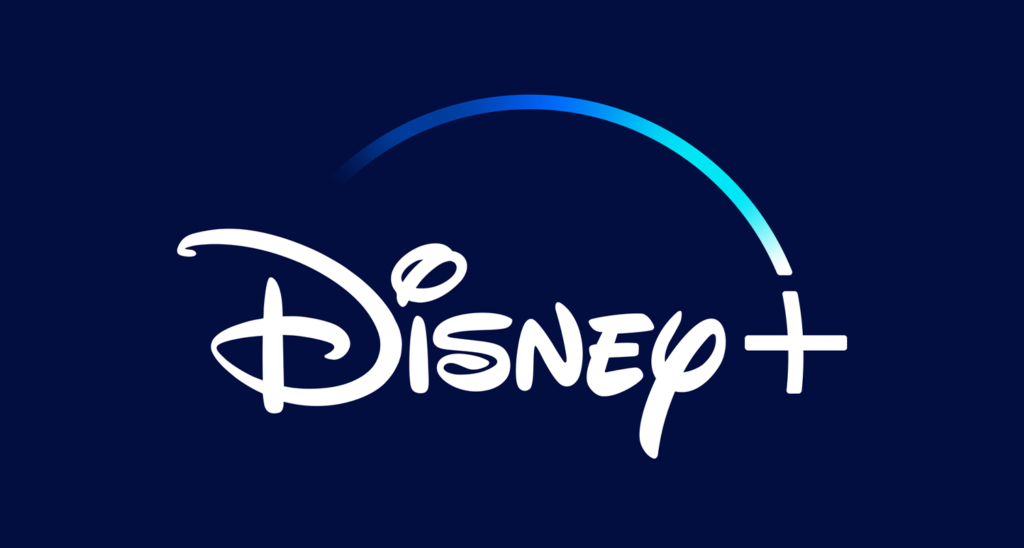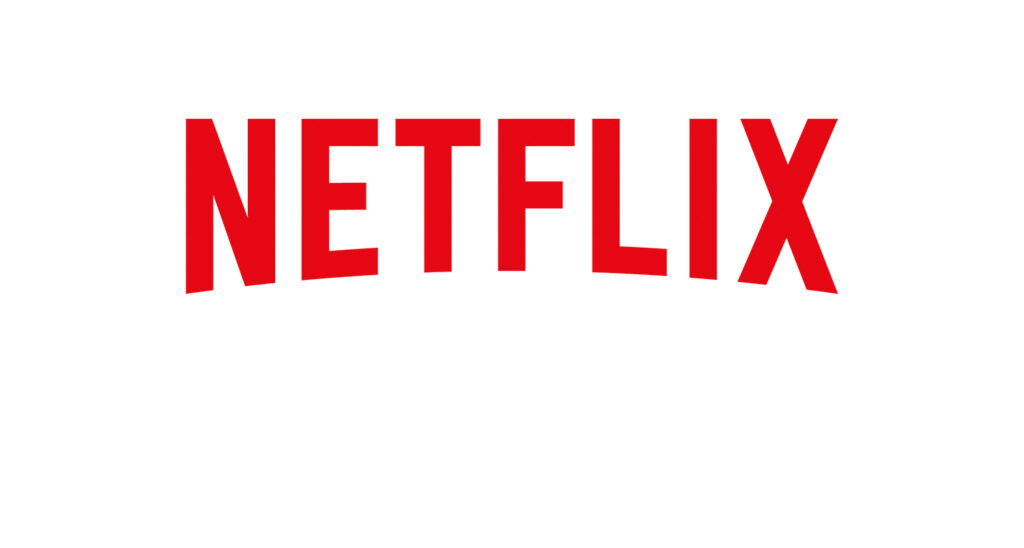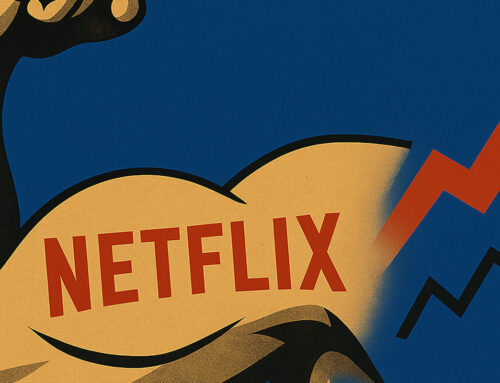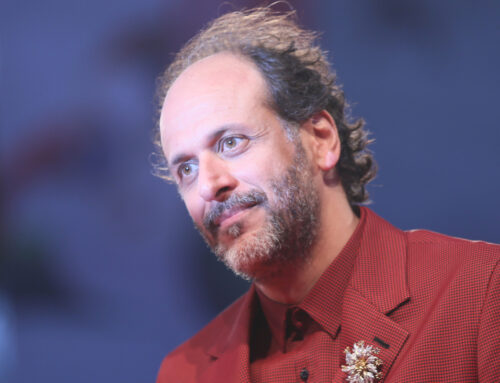Netflix, Disney+, and HBO Max Prices Continue to Rise
Here’s why…
Netflix increased its prices in 2011, 2013, 2017, 2019, and 2020. It readjusted its tiers in 2022, adding a basic, ad-supported deck. Hulu adjusted its subscription fees in October 2021. Disney Plus and Apple TV Plus (both launched in 2019) raised theirs in 2022.
Why? The answer rests in something other than inflation. “It’s a lose-lose situation,” says Emma Roth on The Verge. “While some streamers are losing money by paying to get content on their platforms, others are losing money by distributing it on their platforms. The result? Price hikes.”
“Streaming TV is in its adolescence now,” says Eric Schmitt, a research director, and analyst at Gartner. “The early days of the land grab are ending. We’re coming into a phase where the service providers need to demonstrate that they’ve got viable businesses to their investors.”
The problem is: subscribers are a limited source of growth. In the US, 85% of households already have one subscription, and the majority want to spend only a certain sum on home entertainment.
So, how can streaming services meet investors’ expectations? The answer is increasing prices or commercial ads. “I think ad-supported is an inevitable state for almost every service,” Schmitt says, noting that a portion of viewers will tolerate ads to get a lower subscription price.
“The way streaming services have things set up is a lose-lose situation,” concludes The Verge. “I committed to paying a base price for services like Netflix, only to get smacked with repeated price increases and questionable amounts of value added with low-effort originals and cheesy competition television shows. But as prices continue to go up, people will be ready to say enough is enough.”
Source: The Verge
Share:
Here’s why…
Netflix increased its prices in 2011, 2013, 2017, 2019, and 2020. It readjusted its tiers in 2022, adding a basic, ad-supported deck. Hulu adjusted its subscription fees in October 2021. Disney Plus and Apple TV Plus (both launched in 2019) raised theirs in 2022.
Why? The answer rests in something other than inflation. “It’s a lose-lose situation,” says Emma Roth on The Verge. “While some streamers are losing money by paying to get content on their platforms, others are losing money by distributing it on their platforms. The result? Price hikes.”
“Streaming TV is in its adolescence now,” says Eric Schmitt, a research director, and analyst at Gartner. “The early days of the land grab are ending. We’re coming into a phase where the service providers need to demonstrate that they’ve got viable businesses to their investors.”
The problem is: subscribers are a limited source of growth. In the US, 85% of households already have one subscription, and the majority want to spend only a certain sum on home entertainment.
So, how can streaming services meet investors’ expectations? The answer is increasing prices or commercial ads. “I think ad-supported is an inevitable state for almost every service,” Schmitt says, noting that a portion of viewers will tolerate ads to get a lower subscription price.
“The way streaming services have things set up is a lose-lose situation,” concludes The Verge. “I committed to paying a base price for services like Netflix, only to get smacked with repeated price increases and questionable amounts of value added with low-effort originals and cheesy competition television shows. But as prices continue to go up, people will be ready to say enough is enough.”
Source: The Verge









